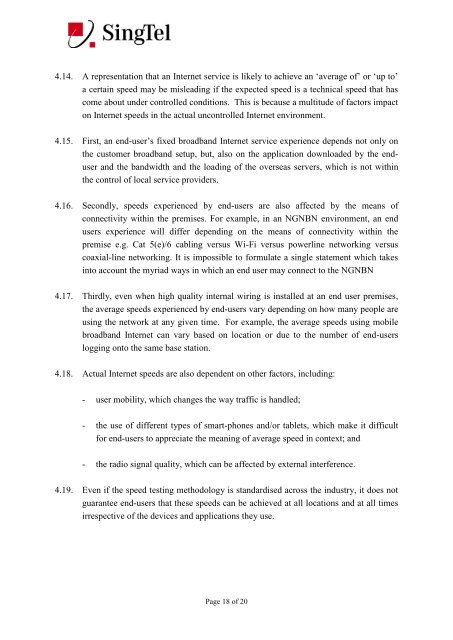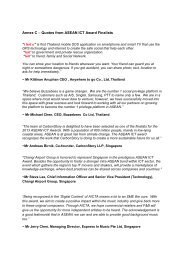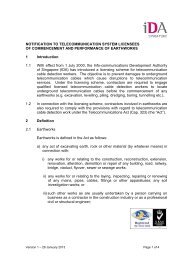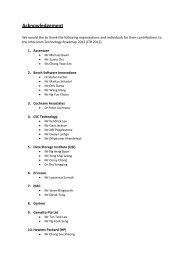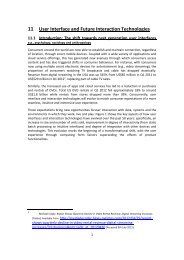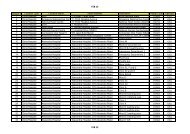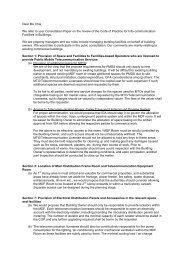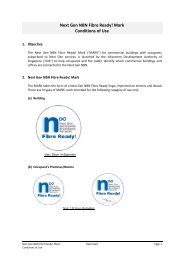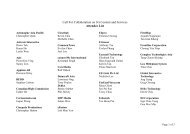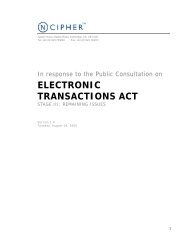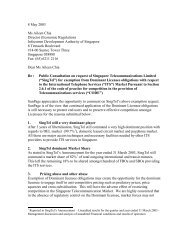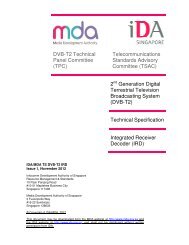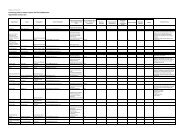SINGTEL RESPONSE TO IDA CONSULTATION PAPER – NET ...
SINGTEL RESPONSE TO IDA CONSULTATION PAPER – NET ...
SINGTEL RESPONSE TO IDA CONSULTATION PAPER – NET ...
Create successful ePaper yourself
Turn your PDF publications into a flip-book with our unique Google optimized e-Paper software.
4.14. A representation that an Internet service is likely to achieve an ‘average of’ or ‘up to’<br />
a certain speed may be misleading if the expected speed is a technical speed that has<br />
come about under controlled conditions. This is because a multitude of factors impact<br />
on Internet speeds in the actual uncontrolled Internet environment.<br />
4.15. First, an end-user’s fixed broadband Internet service experience depends not only on<br />
the customer broadband setup, but, also on the application downloaded by the enduser<br />
and the bandwidth and the loading of the overseas servers, which is not within<br />
the control of local service providers.<br />
4.16. Secondly, speeds experienced by end-users are also affected by the means of<br />
connectivity within the premises. For example, in an NGNBN environment, an end<br />
users experience will differ depending on the means of connectivity within the<br />
premise e.g. Cat 5(e)/6 cabling versus Wi-Fi versus powerline networking versus<br />
coaxial-line networking. It is impossible to formulate a single statement which takes<br />
into account the myriad ways in which an end user may connect to the NGNBN<br />
4.17. Thirdly, even when high quality internal wiring is installed at an end user premises,<br />
the average speeds experienced by end-users vary depending on how many people are<br />
using the network at any given time. For example, the average speeds using mobile<br />
broadband Internet can vary based on location or due to the number of end-users<br />
logging onto the same base station.<br />
4.18. Actual Internet speeds are also dependent on other factors, including:<br />
- user mobility, which changes the way traffic is handled;<br />
- the use of different types of smart-phones and/or tablets, which make it difficult<br />
for end-users to appreciate the meaning of average speed in context; and<br />
- the radio signal quality, which can be affected by external interference.<br />
4.19. Even if the speed testing methodology is standardised across the industry, it does not<br />
guarantee end-users that these speeds can be achieved at all locations and at all times<br />
irrespective of the devices and applications they use.<br />
Page 18 of 20


